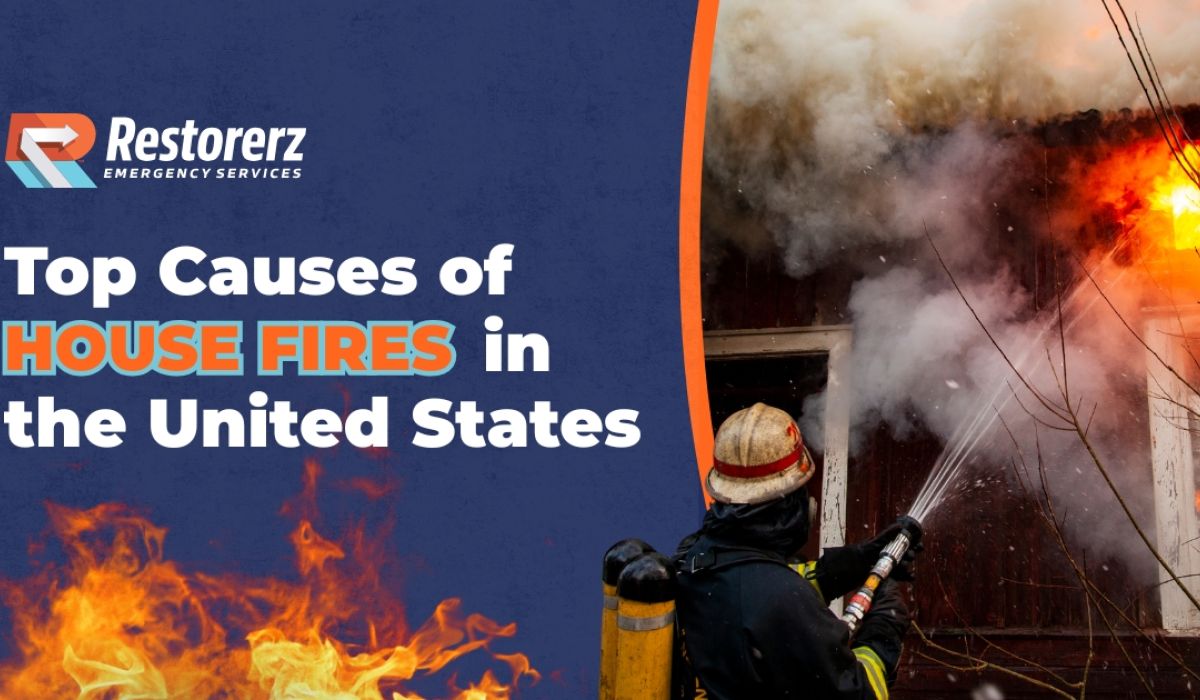Identifying Signs of Water Damage in Drywall

CEO, Restorerz Emergency Services

Water damage can impact any home, even on the driest summer day. If your home has been damaged by plumbing issues, leaky appliances, bad weather, or other causes of water damage, the Restorerz team offers professional water damage restoration to help your home look like new.
Discover common causes of drywall water damage, what happens when drywall gets wet, and drywall restoration techniques to repair your home.
Table of Contents
Causes of Water Damage in Drywall
Plumbing issues, broken appliances, flooding, and poor ventilation are some of the most common causes of water-damaged drywall.
| Cause | Description |
|---|---|
| Plumbing leaks | Small leaks can cause discoloration and mold growth, while burst pipes rapidly saturate drywall. |
| Appliance malfunctions | Leaky dishwashers or washing machines can allow water to seep into nearby drywall and flooring. |
| Storms and weather | Heavy rain or flooding can soak drywall, leading to serious water damage. |
| Lack of ventilation | Poor airflow and excess moisture buildup can contribute to persistent wet drywall issues. |
Common Areas Prone to Water Damage
While any room in your home can be impacted by water damage, these spaces are the most frequently affected.
| Area | Why It’s Prone to Water Damage |
|---|---|
| Bathrooms | High moisture levels and poor ventilation can lead to mold growth and water damage. |
| Kitchens | Multiple appliances and extensive plumbing increase the risk of leaks and burst pipes. |
| Laundry Rooms | Water from washers, sinks, and humidity from dryers contribute to drywall moisture. |
| Attics | Prone to leaks from roof or gutters, especially during heavy rains or exterior damage. |
| Basements | Flooding and sewer issues can introduce water at the base of walls and floors. |
How Does Water Damage in Drywall Impact Your Home?
Water-damaged drywall is not only an unsightly problem for your home but also a significant health and safety risk.
Structural risks
The biggest issue associated with water-damaged drywall is the potential for structural damage to your home. Severely waterlogged drywall may sag or collapse, damaging large sections of your home and furniture.
Mold and mildew
Drywall absorbs water, creating a perfect environment for mold growth. In addition to further damaging your drywall and creating an unpleasant look and smell, mold and mildew growth pose a health hazard and should be removed promptly before it spreads.
Common Signs of Water Damage in Drywall
If you suspect a leaky pipe may be hiding in your walls, keep watch for these common drywall signs of water damage in walls.
| Sign | Description |
|---|---|
| Discolored drywall | Wet drywall shows yellow, beige, or brown patches, and possibly black or green mold within 48 hours. |
| Peeling or flaking paint | Moisture causes paint to flake and wallpaper to bubble or peel from the wall. |
| Bad smells | A musty odor near walls may indicate mold or mildew growth inside or behind drywall. |
Steps To Address Water-Damaged Drywall
Repairing water-damaged drywall requires the proper knowledge and skills to ensure your home remains structurally sound and aesthetically appealing. While most water damage restoration is best left to professionals, a confident DIYer may tackle smaller drywall repairs.
Step one: Identify the leak
Some causes of wet drywall, such as leaks from small appliances, may be easy to identify and repair. Other issues, such as burst pipes, require the expertise of a professional plumber. If you’re unsure what’s causing the leak, contact a professional to avoid further damage to the area.
Step two: Remove damaged drywall
Use a utility knife or drywall saw to remove the section with visible damage. It’s usually best to remove a slightly larger area in case the water damage has spread.
Step three: Dry the area
Once you’ve repaired the leak and removed the damaged drywall, allow the whole area to dry, usually for at least 24 hours. Use a fan or a dehumidifier to speed up this step.
Step four: Repair the drywall
Repair the hole in the drywall with a new drywall sheet or patch, then secure it in place with screws or drywall clips while applying joint compound. Allow the compound to dry — the product you use should indicate the proper drying time.
Step five: Sand, paint, and finish
Sand down the new drywall for a flat, smooth finish. Apply a fresh coat of paint to match the existing wall. If the area is in a bathroom or other moisture-prone space, consider a water-resistant paint to reduce the potential for future damage.
Contact Restorerz 24/7 for Professional Water Damage Restoration
Safeguard your property and well-being by reaching out to Restorerz Emergency Services today for professional water damage restoration. Our team is available 24/7 to deliver prompt and reliable solutions. Contact us today to schedule professional water damage and drywall repairs in the greater LA area and Las Vegas.

![What is Green Mold [Comprehensive Guide]](/wp-content/themes/yootheme/cache/ef/Restorerz-What-is-Green-Mold-1200x630-10.22.2025-v1-efa9ac85.jpeg)
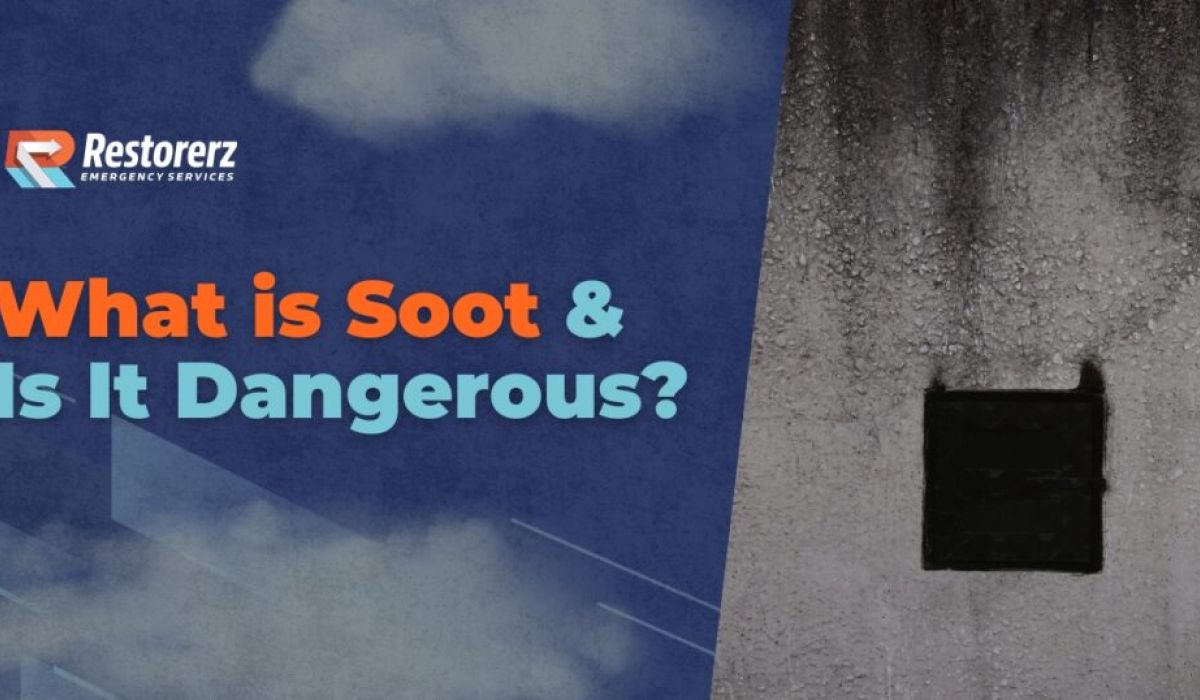

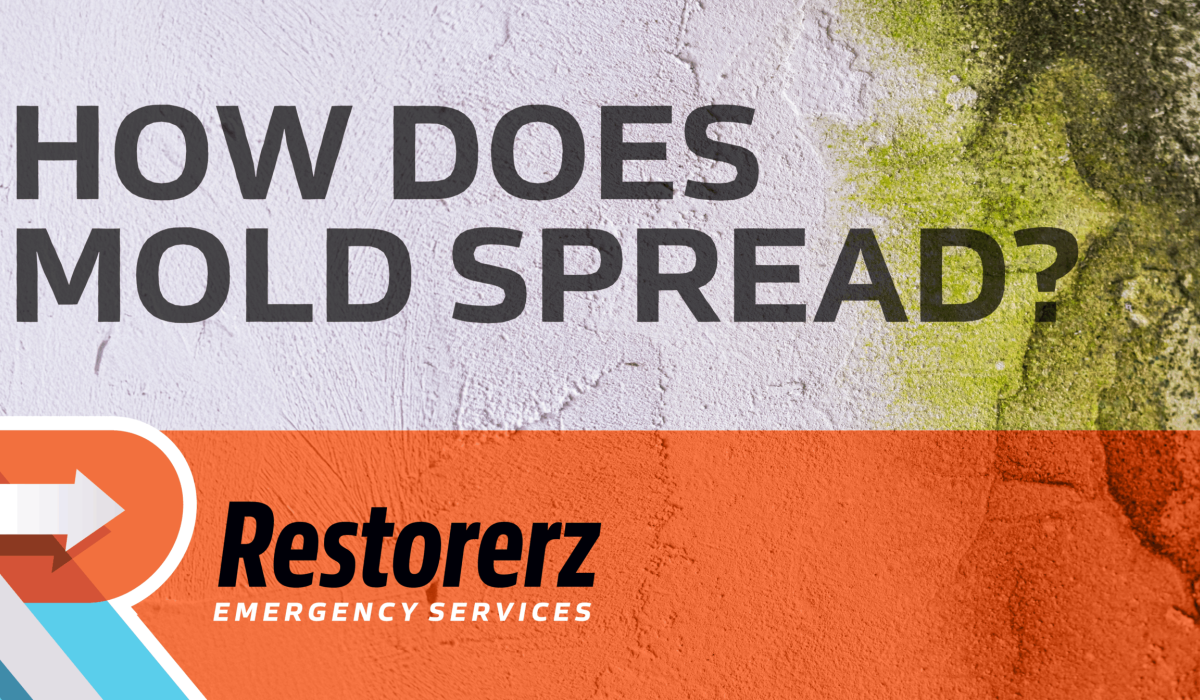
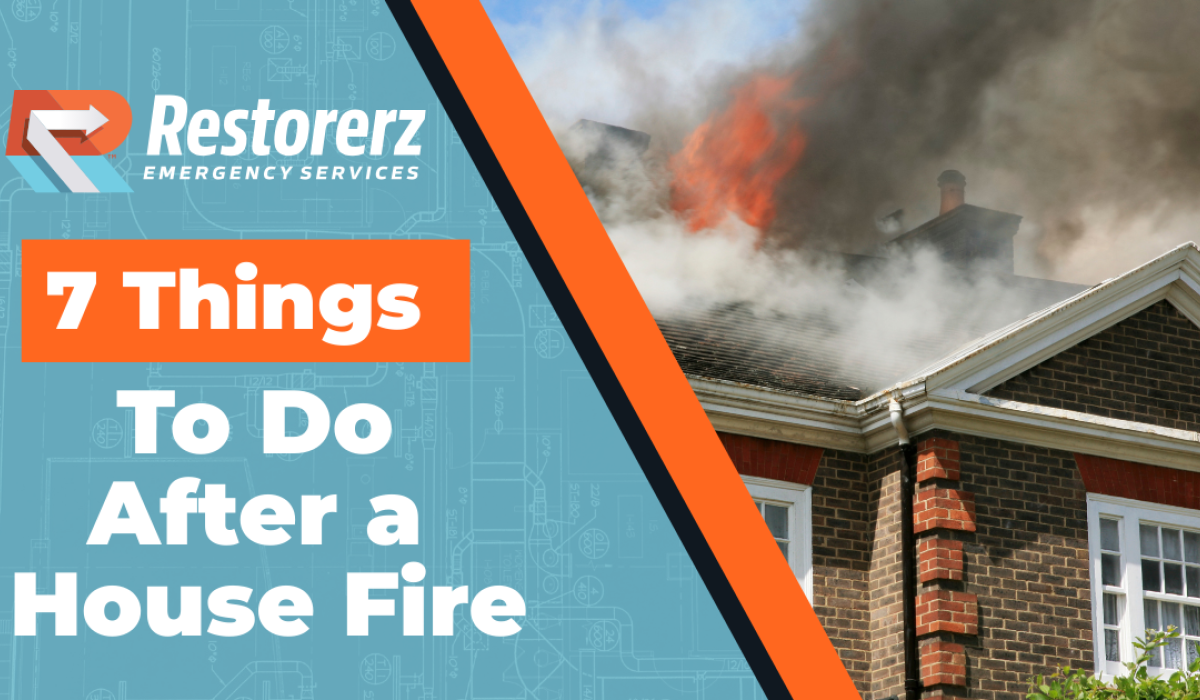

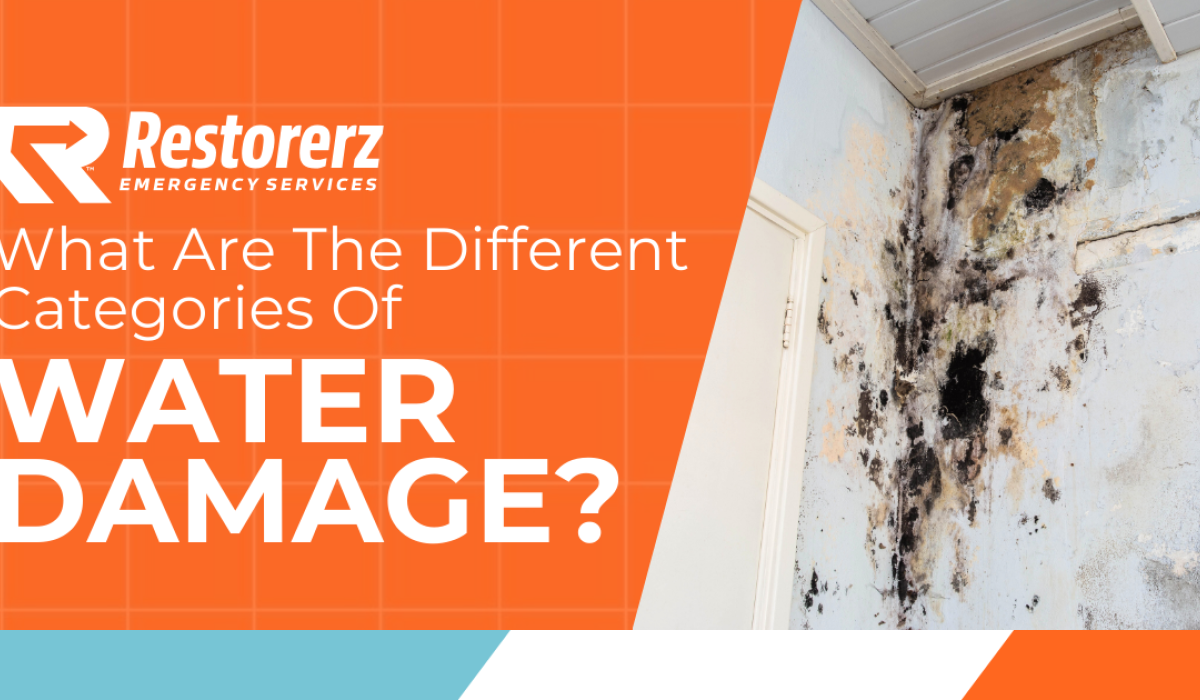

![All About Pink Mold [Prevention & Remediation Strategies]](/wp-content/themes/yootheme/cache/3a/Restorerz-Blog-All-About-Pink-Mold-Prevention-Remediation-Strategies-1-3a7c91cf.png)
